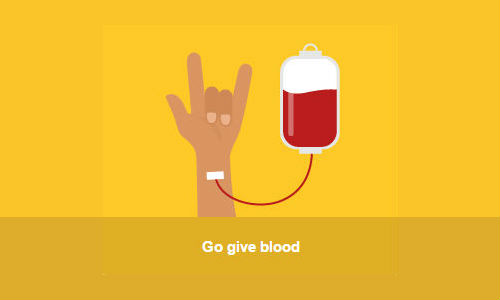Understanding the psychology of perks
Workstars are big believers in the power of perks in the workplace and in our view they can help transform recognition programs. A recent report from Bright HR, HRZone and Professor of Psychology at University College London Adrian Furnham offered plenty of insights into why perks have the power to transform as they looked at the psychology behind them, and considered whether all perks have equal impact.
The Two factor theory
Have you ever heard of two factor theory? Me neither, Psychologist Herzberg came up with it over 50 years ago – but, as the report explains, it can teach us something today. He was the first to show that satisfaction and dissatisfaction at work aren’t simply opposing reactions to the same factors. They nearly always arise from different factors; certain factors truly motivate (‘motivators’) while other completely separate ones tended to lead to dissatisfaction (‘hygiene factors’).
Employees strive to achieve ‘hygiene’ needs because without them, they’re unhappy. But once they have them the effect soon wears off. The satisfaction is temporary. What kind of factors would these be? Things like salary, job security and working conditions.
But satisfy the motivating factors and you’re satisfying a far deeper level of meaning and fulfilment. And one of the biggest motivating factors of all is recognition, as it creates a sense of achievement and a feeling of being appreciated and valued.
Pay doesn’t motivate
So it follows that too little money can demotivate. But it doesn’t mean increasing an employee’s money will bring about increased motivation.
The BrightHR report refers to Judge et al (March 2010) and their research that looked at 92 studies on 15,000 individuals. The correlation between salary and job satisfaction was low and this applied globally. Employees in the top half of the salary range had the same job satisfaction levels as those in the bottom. These results have been confirmed by other studies.
Do perks work?
So pay isn’t going to have much of an impact beyond a certain level and that’s where perks come in. The aim of introducing perks is to create and sustain a happy, healthy and productive workplace. But what falls under the definition of a perk?
According to this report it’s a diverse area. It could mean a subsidised canteen. It could mean fitness and relaxation facilities. It could be games and play or it could mean providing childcare.
But the report also acknowledges it’s not always clear what a ‘perk’ is and what’s normal contractual compensation and benefits. Benefits that are available to all are often greatly valued. But do they lead to deep sustained engagement? And the report refers to research indicating a solely reward-based approach can jeopardise things like relationships, investment and risk-taking. Where does this leave companies looking to increase motivation and engagement?
The Workstars view on perks
Every employee’s different and while universal benefits can be a great thing to have, they cannot by definition be suited to every employee’s circumstances. That’s why Workstars believe the emphasis needs to be on perks as individual, personalised rewards…
They can be things that might not have any physical cost but that are of high value to the employee. And it’s down to managers to know what will be valued by each employee. Whether it’s an extended lunch, time off to pick up the kids or wait in for a delivery or a late start to recover from a big night out, different things matter to different people.
More and more companies are realising it. Understand more about the psychology of perks and you’re on your way to understanding the very best approaches to motivating and engaging your people.


 The value of external feedback in the workplace
The value of external feedback in the workplace
 Expand the power of recognition with Partner Appreciation
Expand the power of recognition with Partner Appreciation
 11 fascinating social work theories
11 fascinating social work theories